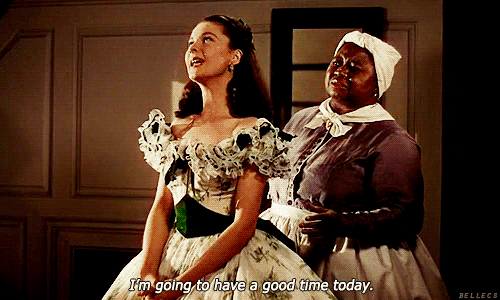
This is the opposite of how I felt when I realized that I was about to watch a 4 hour movie from 1939. I was honestly very unwilling to watch this film, but I came to the conclusion that it’s just one of those classics that you just need to watch once, just so you can say you’ve seen it for the rest of your life.
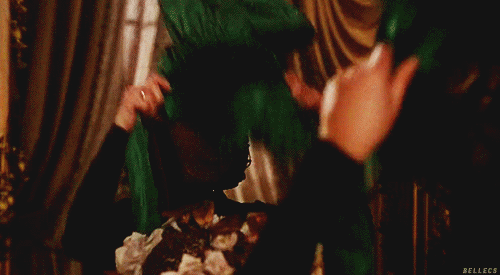
Gone With The Wind is adapted from the 1936 Pulitzer Prize winning novel by Margaret Mitchell. It tells the story of Scarlet O'Hara, a young girl coming of age during the 1860s. Civil War, the Reconstruction of the South, and the strict control of the Union soldiers are just some of the many struggles her world endures. Watching her grow for a full four hours is an eye opening experience, not because of its historical accuracies (and blatant inaccuracies), but because of the way the film marks a major milestone in the history of cinema.
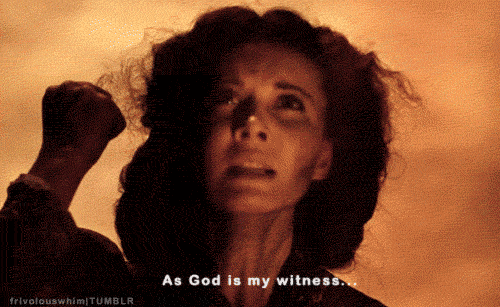
Scarlett is introduced as a bratty Southern Belle in the beginning of the film. She is 16 years old, the oldest of three daughters living on the O'Hara plantation called Tara, the pinnacle of old Southern values and the way of life threatened by the oncoming Civil War. She is pining after a man from her town, Ashley Wilkes, who announces his engagement to his cousin Melanie Hamilton (yes, his cousin) in the beginning of the film. Distraught by the news, Scarlett vengefully accepts a marriage proposal from Charles Hamilton (Melanie’s brother). Then everything changed when the Union attacked.
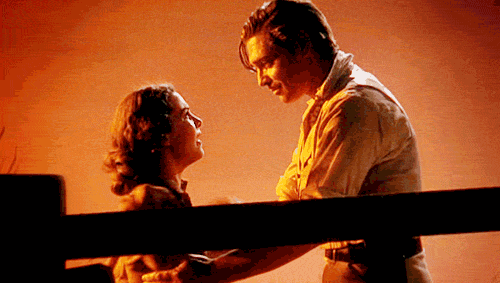
The film then tells of the horrors of the Civil War in the south. The most extraordinary scenes are when hundreds of extras with battle wounds are planted around the town, making the war seem as if it was happening right in front of me. The colors are rich and epic, as Gone With The Wind is the first feature length film made in Technicolor. Scarlett goes through several loveless marriages, always bumping into the mysterious Rhett Butler throughout her life, who sees her for how conniving and heartless she is, and loves her all the more.

Their relationship is passionate and epic, speaking to their larger than life personalities. Rhett doesn’t believe in the cause of the South, but he works on the war effort as a blockade runner for the Confederacy, and ends up richer than anyone Scarlett has ever met by the end of the war. Everything she knows, however, is almost destroyed when the war brings her nothing but hunger and poverty. This is the part in the film where you see her truly work to keep herself alive, and she comes out the other end a cold and bitter woman who wants nothing more the wealth and stability she once had. Basically, she turns from a spoiled princess into a badass bitch.
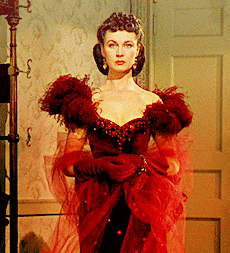
Which I kind of loved. The film did, however, run unrealistically long, as it stayed almost word for word true to the original novel. Most critics agree that while the film is incredibly important for film history, as a form of art it fails to meet up for the high standard it sets for itself with such an enormous run time. Great films, like The Godfather or this year’s The Wolf of Wall Street, can be excused for three hour run times in the name of art. But Gone With The Wind is four hours, and aside from an overdramatic tale of the personal life of a rich Southern girl, the film truly loses its pull on the audience after the Civil War ends (which might be 90 minutes in, if that).

Scarlett and Rhett become a very interesting couple, and one that is different from any other romantic drama I’ve seen. The amazing Vivien Leigh plays a cunning but misguided Scarlett, and MGM spent two whole years and about $100,000 in expenses to audition over 1,400 women for the part. The ordeal ended up being worth it, as it provided so much more publicity than the film could have predicted. But the film also went through 3 directors and 5 writers, and suffered at that expense in terms of a concise and cohesive plot.
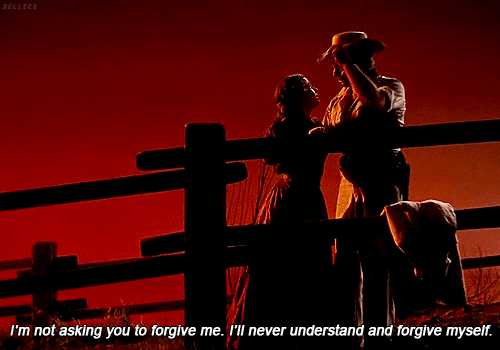
But despite the crazy run time, despite the hours of watching Scarlett claw her way out of poverty, the film is amazing in what it does with color and scenery. For a film of its time, the scale is just massive in every sense. Adjusted for inflation, it is still the highest grossing film of all time. It ranks #6 on the AFI 100 Movies List, and #152 on the IMDb Top 250. It won 8 Oscars, including a Supporting Actress Oscar for Hattie McDaniel, the first African American ever nominated for and awarded an Oscar. Vivien Leigh got Best Actress, and the film also won Best Screenplay, Best Directing, and Best Picture. It’s a classic in every sense of the word, but let’s just say I’m glad I can say I’ve seen it so I don’t have to watch it any time soon.
No comments:
Post a Comment